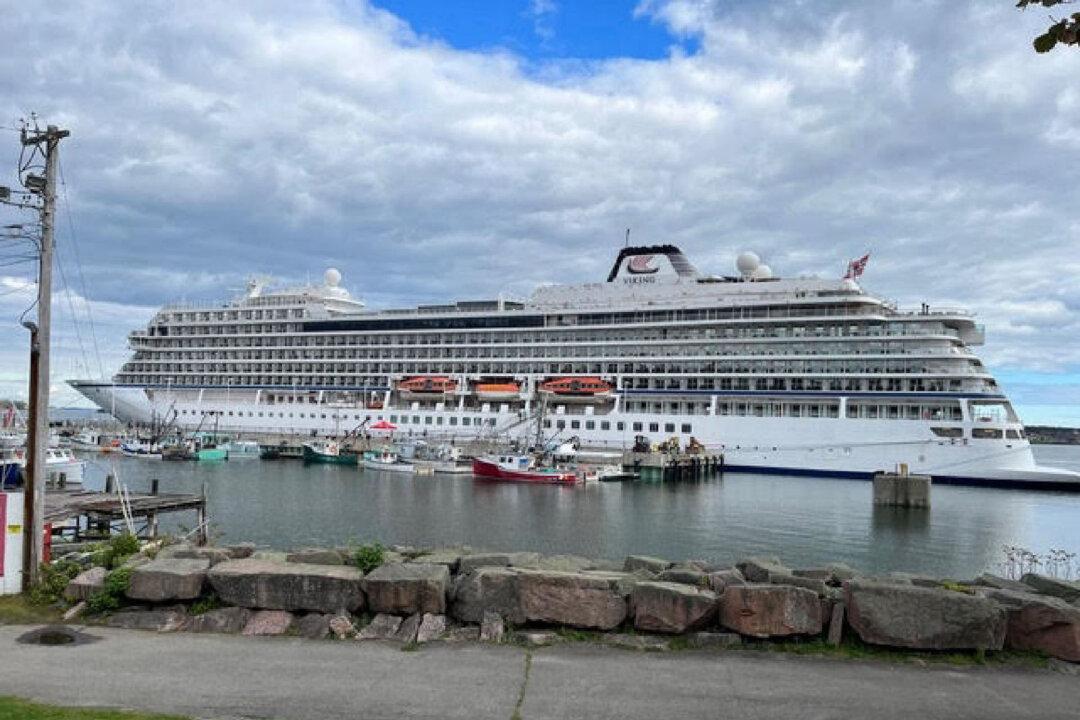If you’re seeking a place that’s safe, uncrowded, intriguing, and affordable, then Bulgaria should definitely be a possibility. Bordered by Romania, Serbia, North Macedonia, Greece, and Turkey, Bulgaria blends millennia of colorful history with what is today a nation rebounding from decades of suffocating Cold War communist rule. Best of all, the locals are friendly toward Westerners.
Start in the capital of Sofia, home to approximately one-fifth of the nation’s 6.5 million people. Sofia’s most notable structure, the Alexander Nevsky Memorial Church, reflects Bulgaria’s long love-hate relationship with Russia.
While today Bulgarians relish their post-communist freedoms, this church was erected between 1882 and 1912 to honor critical military support that Russia provided to help Bulgaria end centuries of Ottoman Empire rule in 1878. While the golden rooftop domes are its most visible feature, the interior, covered with fine frescoes and icons, also begs to be explored.
Then stroll over to the nearby St. Sophia, the city’s oldest Christian church. Built by the fifth-century Byzantine Emperor Justinian, the church gave its name to the city—which earlier was called Serdika—in the 14th century.
Hours can easily be spent here examining the impressive interior. Also not to be missed is the basement necropolis, where Roman-era mosaics can be viewed by following wooden-covered walkways. Here, frescoes depict all manner of ancient life and times. Descriptions in English and explanatory videos enhance the experience. Explore Sofia’s downtown center, where remains of the city’s protective fortress walls have been incorporated into the heart of the business district. A highlight is a pedestrian passage where the remnants of the original second century Serdika settlement still stand. Major landmarks here include the fourth-century St. George Rotunda, Sofia’s oldest existing building, covered with medieval frescoes.

Beyond central Sofia are two must-sees that can be easily experienced via frequently operated day trips. They cover both the Rila Monastery, 72 miles from the city, and the world-famous, fresco-filled Boyana Church in Sofia’s outskirts.
More than 1,000 years old, Rila evolved from a sanctuary for hermits and ascetics into a powerful center for ecclesiastical life. Main sections standing today were constructed in the early to mid-19th century. These include hundreds of dormitory rooms and halls, as well as archives and museums of history and ethnography.
Today you'll still see Rila’s walls and towers, but what dominates the site are the remains that survived and reconstructions that followed a devastating 1833 fire. The Church of the Nativity, where construction began in 1835, features distinctive black-and-white archways and three huge domes. These allow maximum light for seeing the interior walls covered with biblical frescoes. Outside frescoes, however, depict chilling views of the horrors demons have in store for hell-bound unfaithful.
The 13th-century Boyana Church is one of Bulgaria’s smallest yet most valuable due to 90 frescoes covering the interior space. Because the church is so small, visitors are limited to 10-minute visits if others are outside waiting to enter.
Nearby Boyana is the National History Museum. Highlights here include Thracian gold objects, Roman statues, and, outside, several Russian MIG fighter planes.
Ninety-three miles southeast of Sofia lies Plovdiv, Bulgaria’s second-largest city and home to some 350,000 residents. One of Europe’s oldest urban centers, dating back as far as eight millennia, Plovdiv’s most prominent draws are its extraordinary Roman artifacts.
Built upon seven hills, Plovdiv’s must-sees include the Roman-era Ancient Theatre of Philippopolis, which once seated 6,000. Today, with a smaller capacity, it still hosts operas and concerts.
The Ancient Stadium of Philippopolis is in the heart of what is now the city’s prime mall area. Though much is still covered, visitors are free to stroll down steps to get a glimpse of a place where, long ago, activities most likely did not include shopping.
Most recently found is the Bishop’s Basilica of Philippopolis. Here, two layers of amazingly well-preserved Roman mosaics cover approximately 2,000 square feet of the site. You will be dazzled by depictions of flora and fauna, Christian iconography, intricate geometric patterns, and the basilica’s signature peacock. The basilica has been included by UNESCO on its list of significant and cultural sites.
There is much more to enjoy in Plovdiv than just ancient treasures. The extensive Kampana district that begins near the Roman Stadium, for example, features bustling shopping, dining, and nightlife options.
Climbing uphill at the edge of Kampana brings you to the site of a handful of extraordinary homes, many built by wealthy merchants that date to the 19th century. Several have been lovingly preserved and restored.
One of the most notable is Hindliyan House, built between 1835 and 1840. Home of a prosperous Armenian merchant, it features multiple murals showing European cities he visited, a marble-floored hammam, and distinctive pale blue outer walls.








